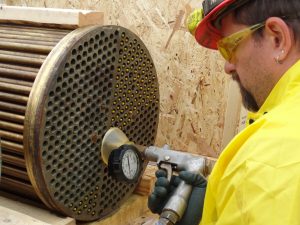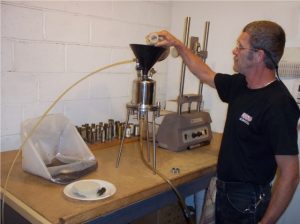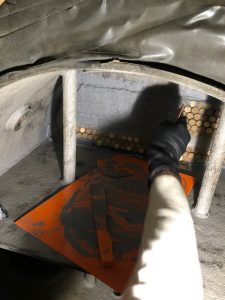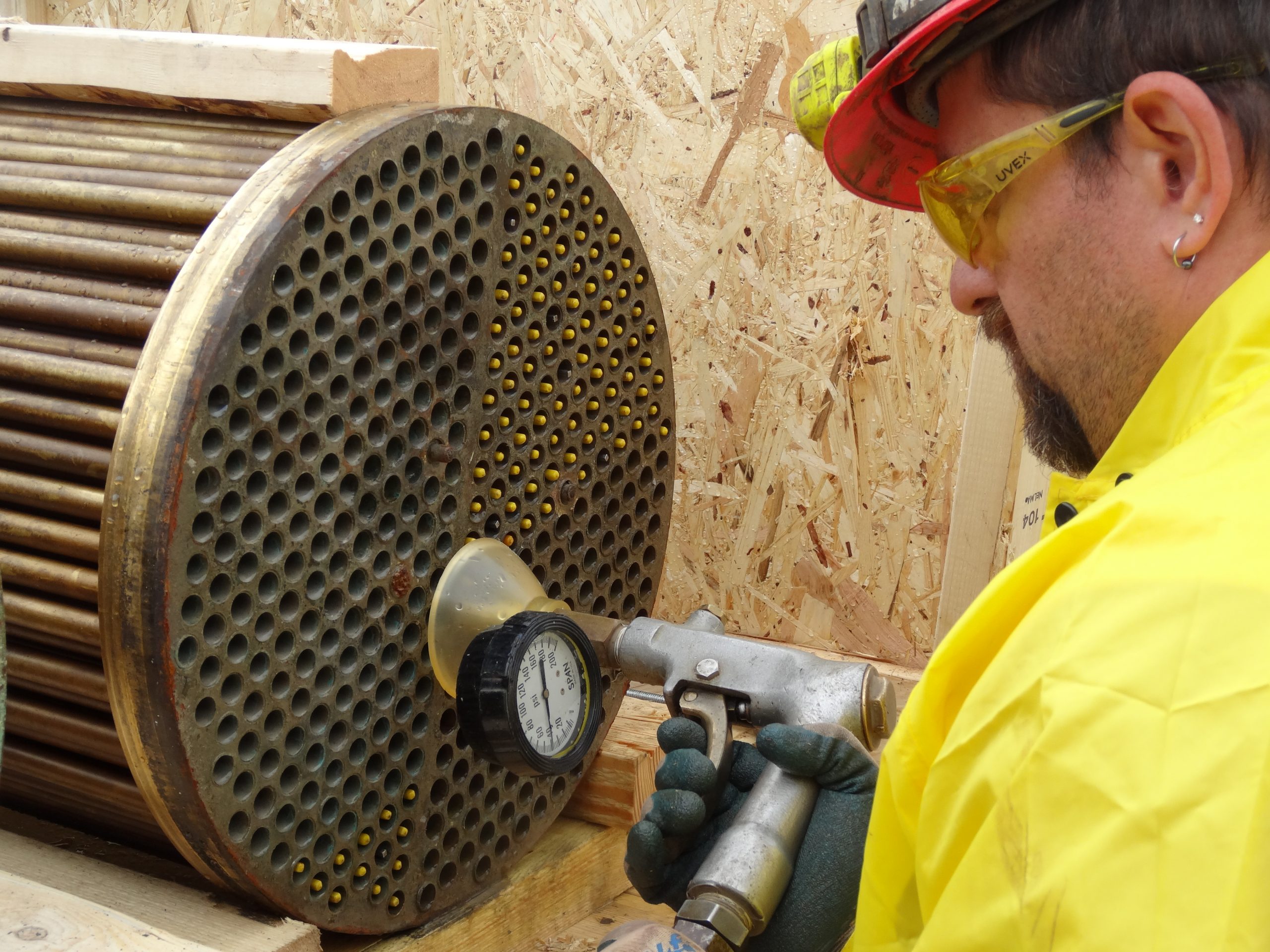
While it might be costly to properly maintain your heat exchangers, both in terms of servicing costs and loss of production, it’s nothing compared to the headaches you’ll face when they break down and stop working completely. In addition to avoiding equipment failure, ongoing maintenance programs increase heat transfer which increases overall operational efficiency.
Let’s look at some steps you can take to make sure your heat exchanger stays in tip-top shape.
Plan Your Heat Exchanger Maintenance Procedures
Cleaning your heat exchanger often requires a temporary shutdown of operations, especially in cases involving extreme amounts of hard deposit. If not properly planned for, that can mean a lot of chaos. To mitigate the impact of this downtime, it’s best to have a plan in place ahead of time. Schedule dates for cleaning and maintenance. This allows you to choose a period when a process shutdown will be less impactful to your operation. Scheduling ahead improves the odds that your cleaning personnel or subcontractors will be ready to assist you.
It might make you wince to think about intentionally shutting things down for maintenance. However, it’s a lot less of a headache than shutting down because of heat exchanger failure.
Monitor for Fouling
Fouling will build up in your heat exchanger’s tubes over time from a variety of sources, including scaling,
If your exchanger isn’t achieving correct product temperatures for heating or cooling, that probably means fouling is disrupting your process. Lower flow rates could also indicate that the channel passage is being constricted by fouling.
Consider Heat Exchanger Coatings
Industrial coatings for your heat exchanger can help to prevent degradation and corrosion down the road. The 
Choose the Right People for the Job
When it comes time to clean your heat exchanger, find somebody you can trust to do the job right. At Projectile Tube Cleaning, we’ve finely honed our cleaning processes to be as efficient and effective as possible, which means less downtime for you. We primarily offer our heat exchanger tube cleaning services onsite at our customers’ plants, but we also offer a larger array of services at our manufacturing facility.
Visit us here for a full list of our heat exchanger services and find out how we can help you stay up and running.

